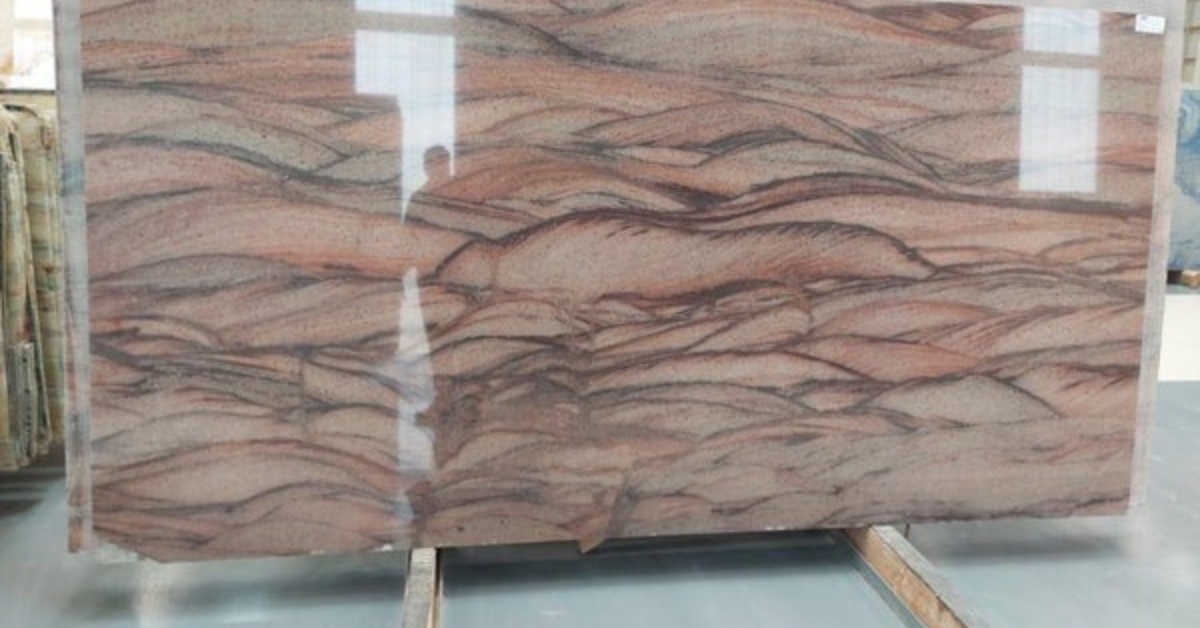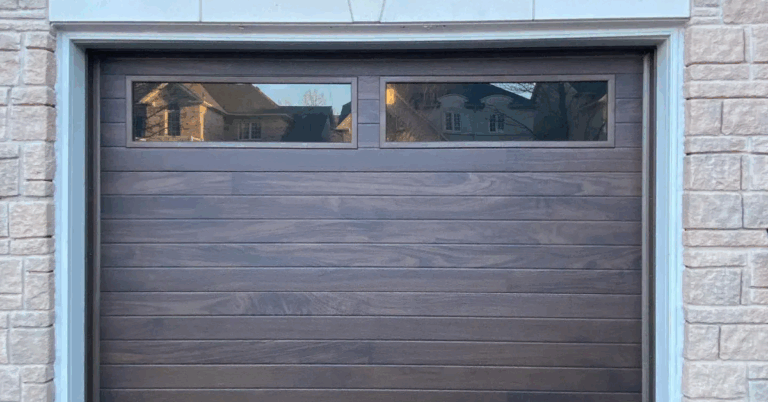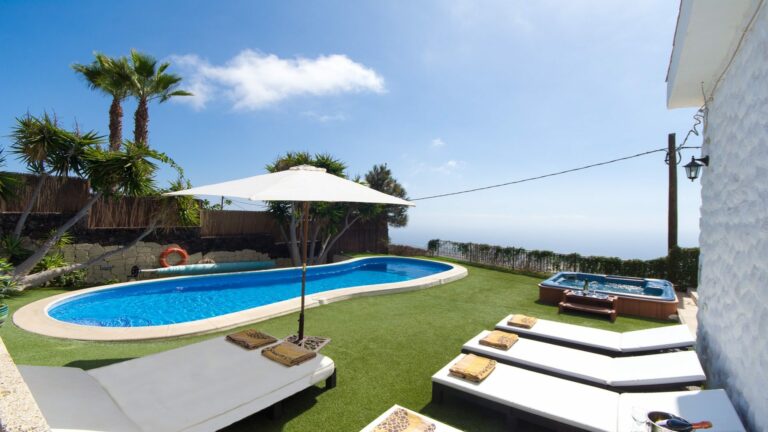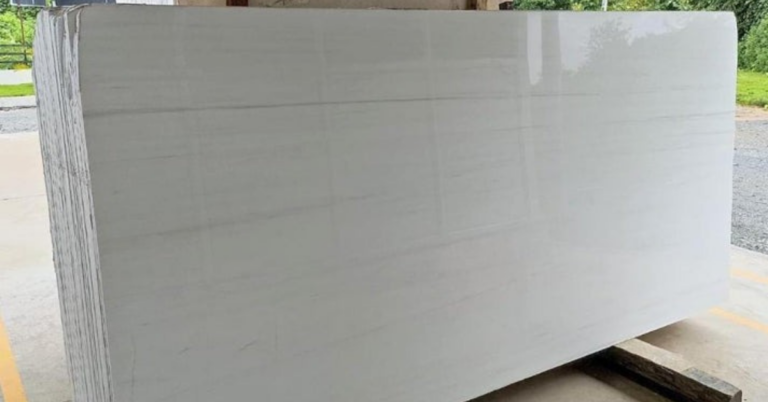Understanding Marble Stone Price: A Comprehensive Guide
Marble, known for its timeless beauty, elegance, and versatility, has been a preferred choice for architects, interior designers, and homeowners for centuries. Whether it’s for luxurious flooring, stunning countertops, or exquisite sculptures, marble continues to shine as a symbol of sophistication and style. However, when considering marble for your next project, understanding the factors that influence marble stone price is crucial for making an informed decision. In this guide, we will explore what affects the cost of marble, why it varies, and how you can determine the right marble for your needs.
Factors That Influence Marble Stone Price
The price of marble can vary significantly depending on a number of factors. Let’s delve into the key elements that play a major role in determining marble stone prices.
1. Quality of the Marble
The quality of marble is one of the most important factors influencing its price. Marble is naturally formed over thousands of years through the process of heat and pressure, and the quality largely depends on the geological conditions under which it was formed. Higher-quality marbles, which have a pure color and minimal veins or imperfections, are generally more expensive. On the other hand, marbles with a more pronounced veining pattern or with slightly uneven colors may be more affordable.
2. Origin of the Marble
Marble is found in various parts of the world, and the location from which it is sourced can impact its price. Italian marble, for example, is often considered the gold standard due to its fine quality and historical significance. Marbles from regions such as Carrara (Italy) or Makrana (India) are highly sought after and typically command higher prices. On the other hand, local marbles or those sourced from lesser-known regions tend to be more affordable.
3. Rarity and Demand
Rarity plays a significant role in the pricing of marble. Some types of marble are considered rare due to their limited availability, making them more expensive. For instance, marbles with unique colorations, such as pure black, green, or rare white marble, are often priced higher. Demand also impacts pricing—if a particular marble is in high demand for specific projects or design trends, the price may increase due to the competition among buyers.
4. Finish and Surface Treatment
The finish and surface treatment of marble can affect its cost. Marble can be polished, honed, brushed, or tumbled, and each finish requires a different level of labor and craftsmanship. Polished marble, for example, has a glossy, shiny surface that requires more intensive polishing, thus increasing its cost. On the other hand, honed or matte finishes are typically more affordable due to their simpler treatment.
5. Size and Thickness of the Slab
The size and thickness of marble slabs are another important consideration when determining price. Larger slabs require more raw material, which means they are typically more expensive than smaller ones. Additionally, thicker slabs of marble are often more costly as they require more effort in cutting and processing. Thinner slabs, while less expensive, may not offer the same structural integrity or aesthetic appeal as their thicker counterparts.
6. Marble Type (Calacatta, Carrara, etc.)
There are different types of marble, each with its own distinct characteristics and price points. For instance, Calacatta marble is highly prized for its white base and bold veins, making it one of the more expensive varieties. Carrara marble, known for its elegant veining and timeless beauty, is another premium choice but typically costs less than Calacatta. Other types like Emperador, Crema Marfil, and Verde Alpi come in a range of price points based on their rarity, appearance, and demand.
7. Transportation and Installation Costs
When purchasing marble, it’s not just the cost of the stone itself you need to consider; transportation and installation also factor into the overall price. Marble is a heavy material, and shipping it from quarries to the location of your project can add significant costs, particularly if the marble needs to be imported from overseas. Additionally, professional installation, which requires skilled labor to cut, fit, and finish the marble properly, can also increase your total cost. It’s important to budget for these additional expenses when estimating the overall cost of your marble project.
8. Customization and Design Complexity
If you’re looking for custom marble pieces or intricate designs, the price will typically rise. Customization involves specific cuts, shapes, or engraving, which require advanced craftsmanship and expertise. For high-end projects such as custom marble flooring patterns, countertops with unique edging, or marble sinks, you should expect to pay a premium for the labor involved.
How to Find the Right Marble at the Right Price
When looking for the best marble stone price, it’s essential to consider your budget and project requirements. Here are some tips to help you make a smart decision:
-
Set a Budget: Before shopping for marble, establish a clear budget that includes both the cost of materials and additional expenses like installation, transportation, and finishing. This will help you narrow down your options and avoid overspending.
-
Explore Different Marble Types: While popular options like Carrara and Calacatta are expensive, there are many other beautiful and affordable marbles available. Consider exploring alternatives like Crema Marfil or Beige Marble, which offer similar aesthetics at a lower price point.
-
Purchase from Reliable Suppliers: Always buy from a reputable supplier who provides transparent pricing and guarantees the quality of the marble. A reliable supplier will also be able to offer expert advice on the best options for your needs and help you get the best value for your money.
-
Consider Bulk Purchases: If you are purchasing marble for a large project, such as flooring or cladding, buying in bulk can sometimes lead to discounts or cost savings. It’s always worth inquiring about bulk pricing options with your supplier.
Conclusion
Marble remains one of the most elegant and luxurious materials available in the construction and design world. While the price of marble can vary greatly depending on various factors, such as quality, origin, finish, and customization, understanding these factors will help you make an informed decision. Whether you’re undertaking a residential project or a commercial design, finding the right marble stone at the right price requires research, planning, and expert advice. By doing so, you’ll not only achieve the desired aesthetic but also ensure that your investment in marble is a lasting one.







